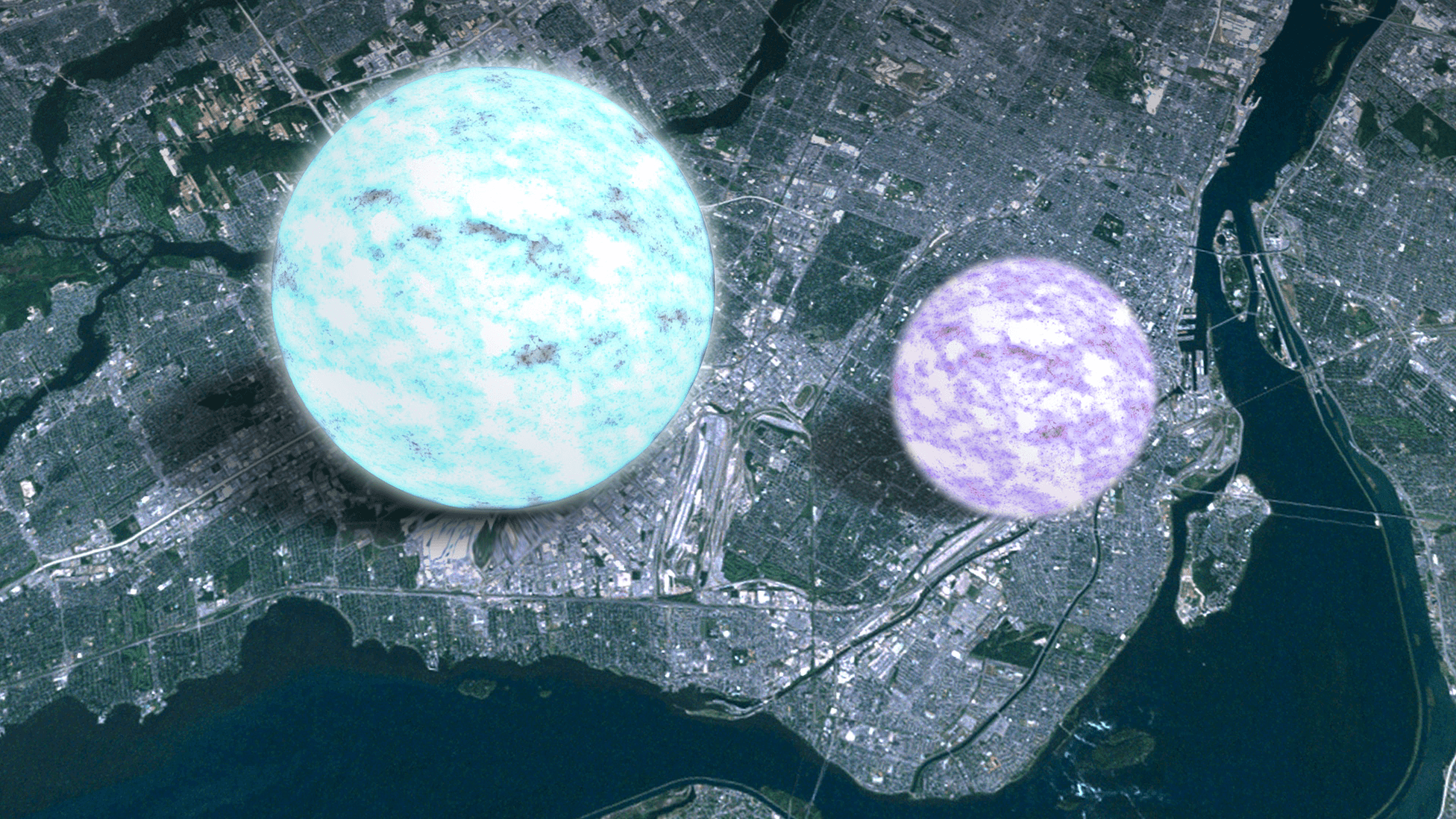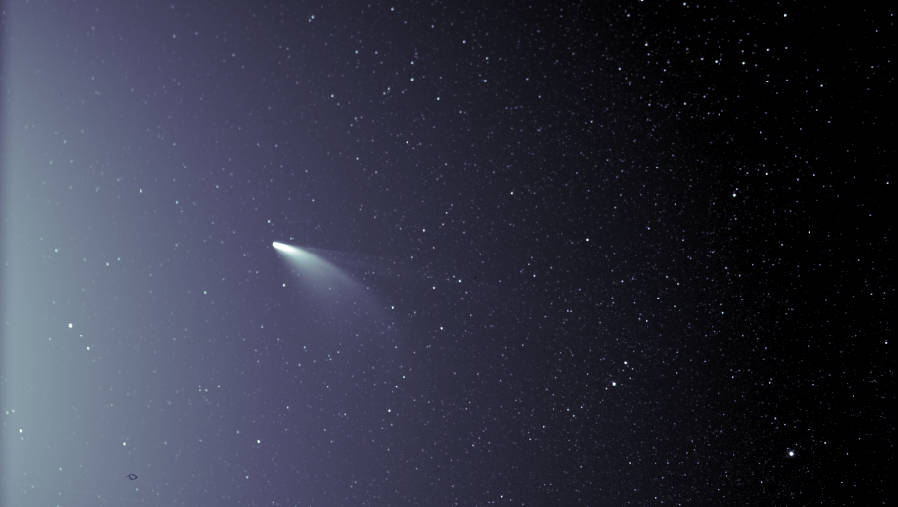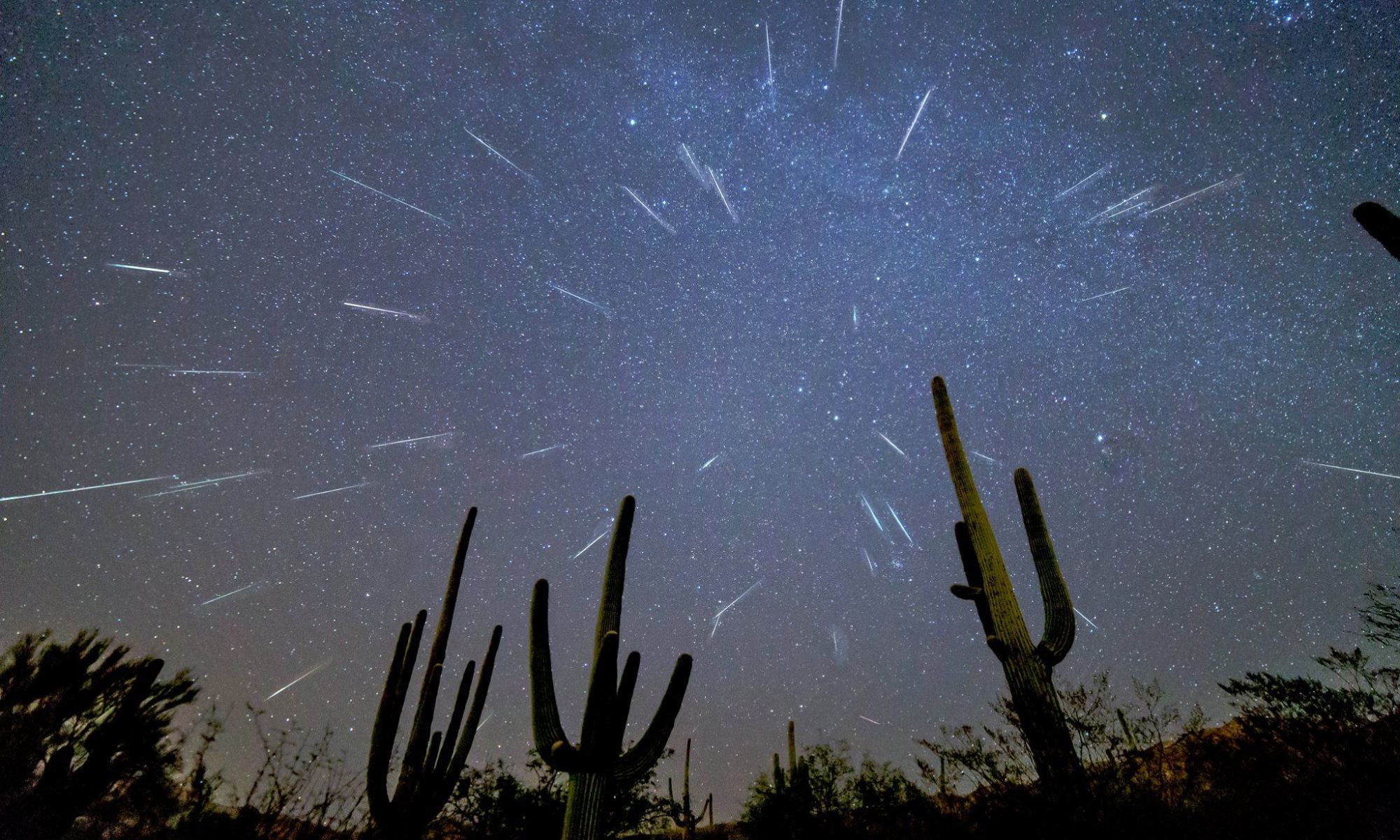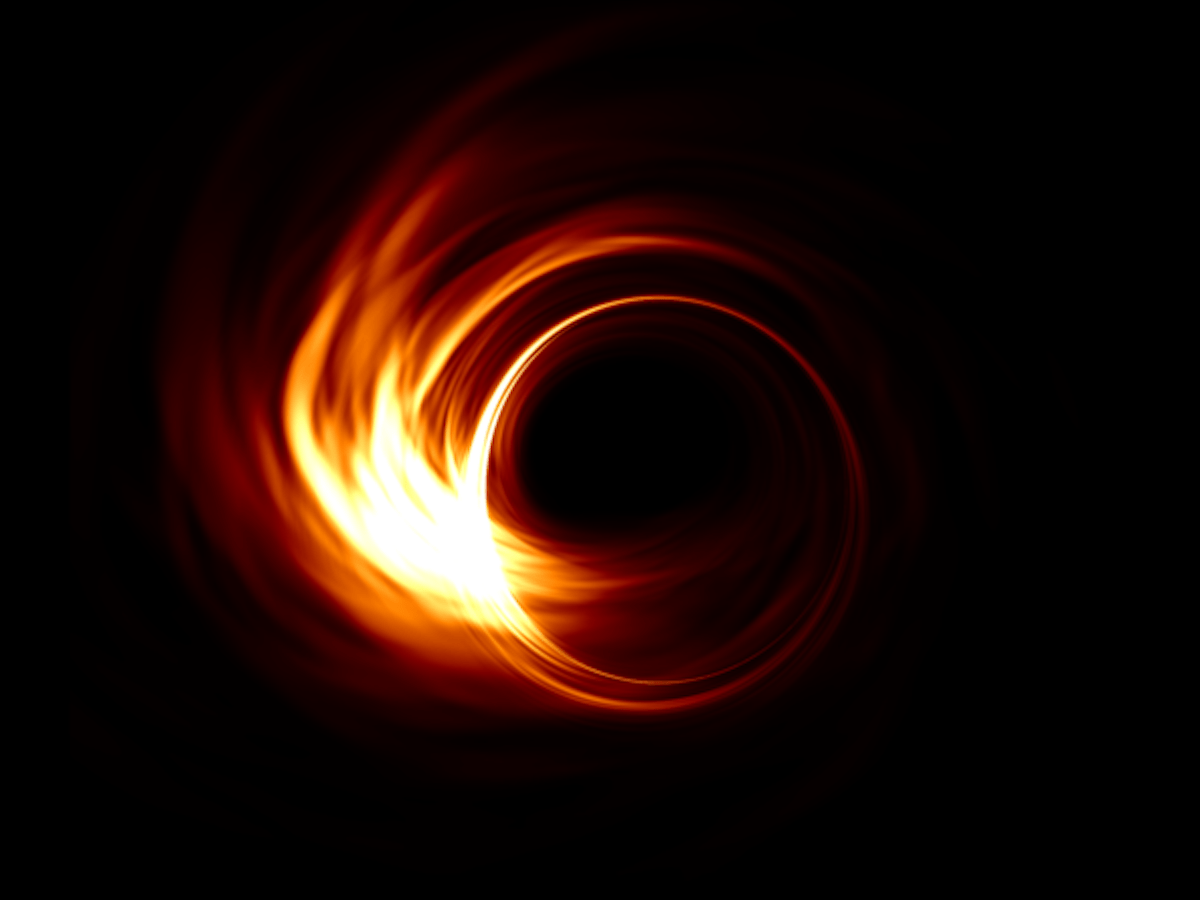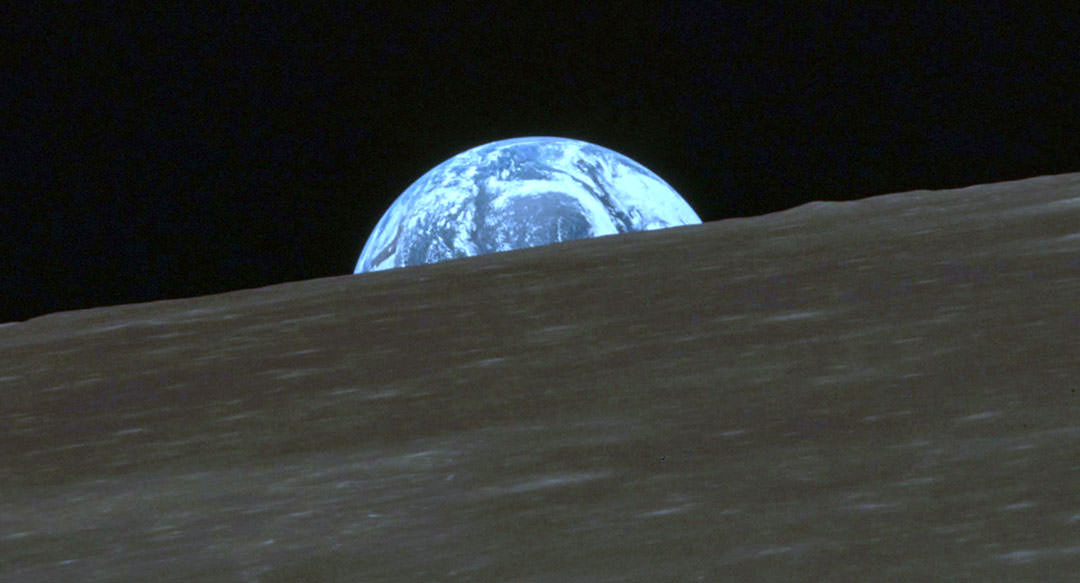A Chinese probe has delivered the first samples to be collected from the Moon in more than 40 years, and its mission isn’t done yet.
The Chang’e-5 sample return capsule floated down to the snowy plains of Inner Mongolia, capping an odyssey that began less than a month ago with the launch of a nine-ton spacecraft from south China’s Wenchang Space Launch Center.
Continue reading “China’s Chang’e-5 Probe Drops Off Moon Samples at the Climax of a Historic Mission”





